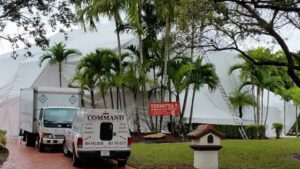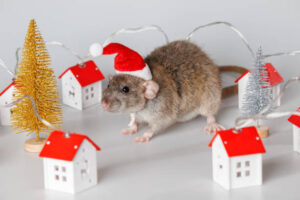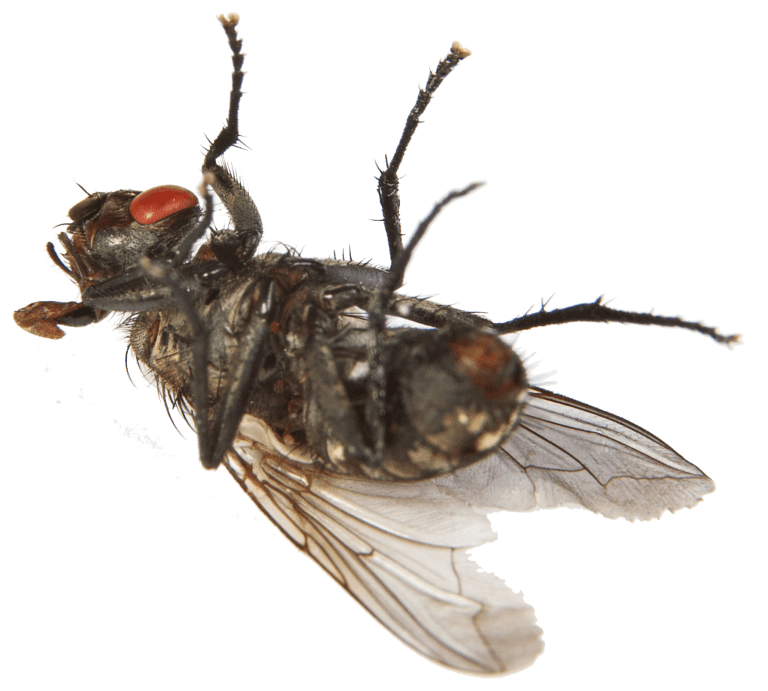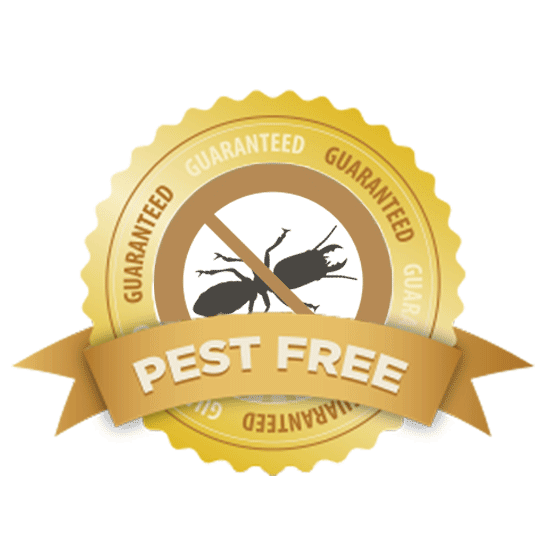Most Florida residents are familiar with two species of hornets that thrive in their home state. The eastern yellowjacket, Vespula maculifrons, and the southern yellowjacket, Vespula squamosal. Eastern yellowjackets are visibly different in size, color and design from southern yellowjackets. Eastern yellowjackets are smaller and distinguished by black and yellow lines.
Southern yellowjackets measure half an inch in length, and their entire black body is covered with yellow striping. Like other social wasps of the Vespidae family, yellowjackets defend their nests furiously, can inflict terrible stings, and tend to construct their homes in recreational and building areas where people spend their time.
Bees versus Wasps
Feeding behavior and “body hair” generally distinguish wasps from bees. Bees are pollinators, while all wasps are parasitic, predatory, or scavengers of other insects. Bees have a great deal more body hair than wasps. Wasps are classified into three categories:
- Parasitic wasps that lay eggs in, or on, another insect
- Solitary hunting wasps that paralyze prey and bring it back to a nest
- Social wasps, which include the yellowjackets, hornets, and paper wasps, that establish large colonies of workers
Yellowjackets
Both hornets and yellowjackets are in the Vespidae insect family. Like other wasps, yellowjackets fold wings lengthwise when resting, build nests with paper pulp recycled from wood fibers, and are able to sting repeatedly. The black and yellows color have distinctive patterns that distinguish the different yellowjacket species. In general, the label “hornet” refers to wasp species who nest above the ground, and “yellowjacket” designates wasps that typically nest below ground. Another major difference between hornets and yellowjackets is their aggressiveness toward people. Hands down, yellowjackets are nastier.
Yellowjackets are usually less aggressive towards humans in the early part of summer, as workers are busy catching protein, insect prey, for the larvae. Later in the summer, and into early fall, yellowjackets become attracted to sugar. They are known to forage at outdoor dining areas, and garbage containers, and can be bothersome and dangerous. Yellowjackets account for the majority of stinging occurrences in Florida.
Nests of yellowjackets are concealed. Likely sites are underground rodent holes that have been vacated, behind walls, or in recesses of playground equipment. Nests consist of horizontal combs surrounded by a paper casing. A single queen, that mated the preceding fall, is responsible for initially building the brood cells, foraging for food, laying eggs, feeding her offspring, and defending the nest. When the young yellowjackets emerge as adults, they take over all tasks except laying eggs. Workers are made up of sterile females, considerably smaller than the queen. In the fall, larger cells are built by the workers for new queens, and these cells are given additional food. Simultaneously, the queen lays male eggs. When the new queens emerge, they leave the colonies to mate with the males, and then take shelter in natural locations like tree stumps or logs. In states that have winters, the colony dies. Florida’s warmer climate allows yellowjacket nest to continue to develop for more than a single season. As a result, some nest sizes are enormous with more than 100,000 workers. Click here to learn more about hornets at the Command Pest Control website.





